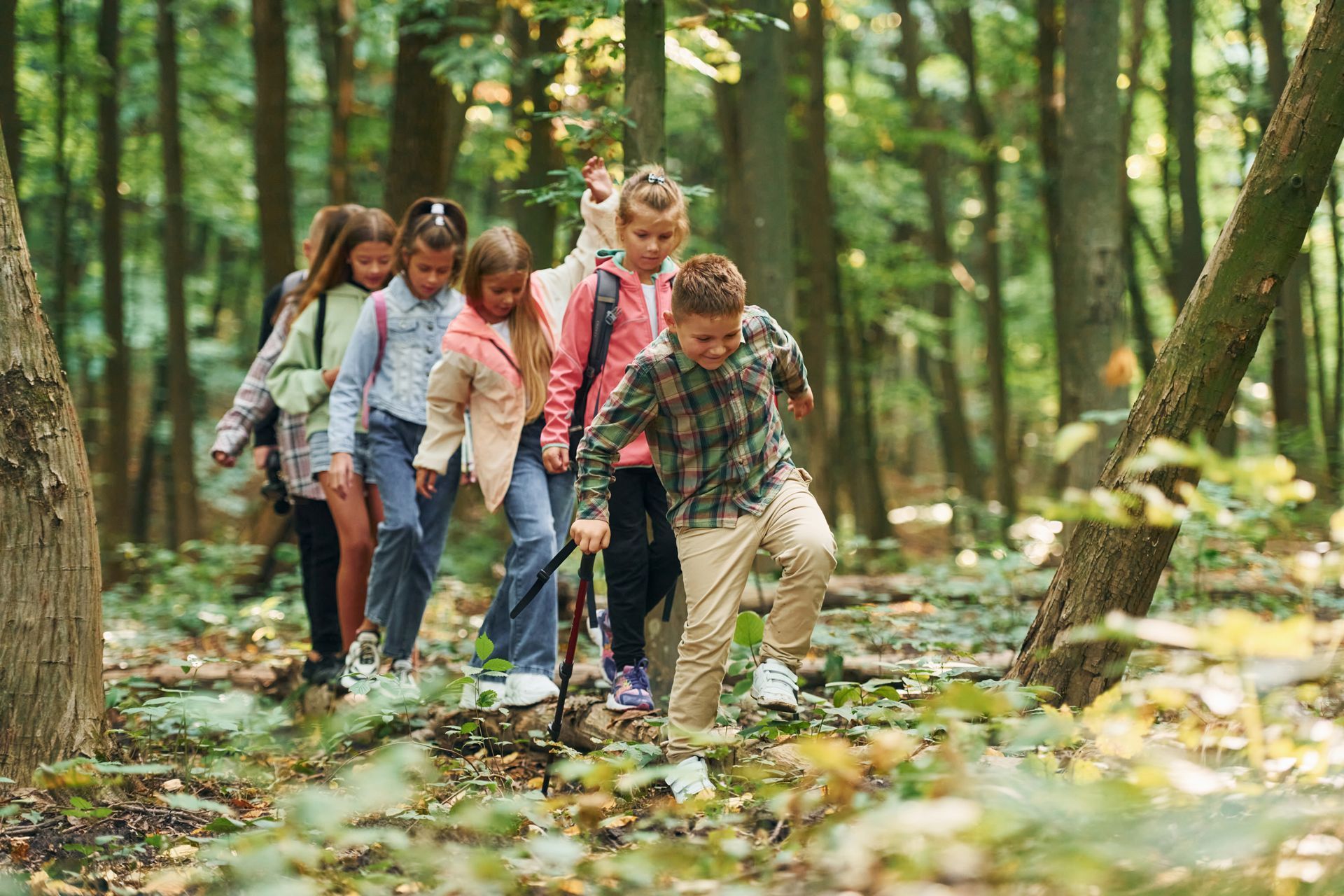1MG FlippingBooks
Amazing Facts - Education
By Rose Lane

Heard of Steiner schools? Thought they were weird places where children run free and can do whatever they like? Not so.
Steiner or Waldorf schools have been around since the first one opened in 1919 to educate the children of employees at the Waldorf-Astoria cigarette factory. It is an holistic approach to learning developed by Austrian philosopher Rudolf Steiner. His educational model, based on anthroposophy, a spiritual philosophy founded by Steiner himself, sought to create an egalitarian environment that emphasised the development of the whole child—mind, body, and spirit. Steiner contended that a human being comprises three main components—thinking, feeling, and willing—and that an effective education must speak to all these aspects.
One of the main features of Steiner education is its emphasis on experiential learning. Instead of relying on textbooks, Steiner schools use hands-on activities, artistic expression, and storytelling. Teachers always tell stories rather than reading them from a book. This approach aligns with Steiner’s belief that children go through three developmental stages, each lasting roughly seven years. The first stage, up to the age of seven, focuses on imagination and sensory experiences. Preschool children help with preparation of lunch each day and are taken on a nature walk once a week.
The second stage, for ages 7-14, focuses on emotional development and artistic expression, and the third, for high school students, on intellectual growth and critical thinking. Thus the curriculum evolves with the child’s development, introducing themes which are revisited as the child grows. In fact, anthroposophists believe humans continue to develop in cycles of seven years throughout their whole lives.
Steiner education pays particular attention to the importance of creativity. The arts are woven into all subjects, including maths and science. In grade one, all children learn to knit, a practice believed to develop a child’s will—they must complete the project—as well as fine motor skills. They also learn to carve wood, and even perform plays from an early age. These skills are thought to enhance not only their creative abilities but also their spatial understanding and problem-solving capabilities.
Acknowledging the seasons is a big part of the curriculum and they are celebrated with festivals involving seasonal food and performances. The Winter Festival, held at night, begins with each class sharing a meal of soup and bread before their teacher tells a story. Then they light the lanterns they have been making in the preceding days and set out in silence to where a bonfire will be lit by the grade seven class wielding flaming torches and then the whole school sings.
And if you’re wondering where some Steiner graduates end up, Annie Lennox is one such; The Eurythmics is named after the Steiner practice of eurythmy, a method of movement taught in all schools.










